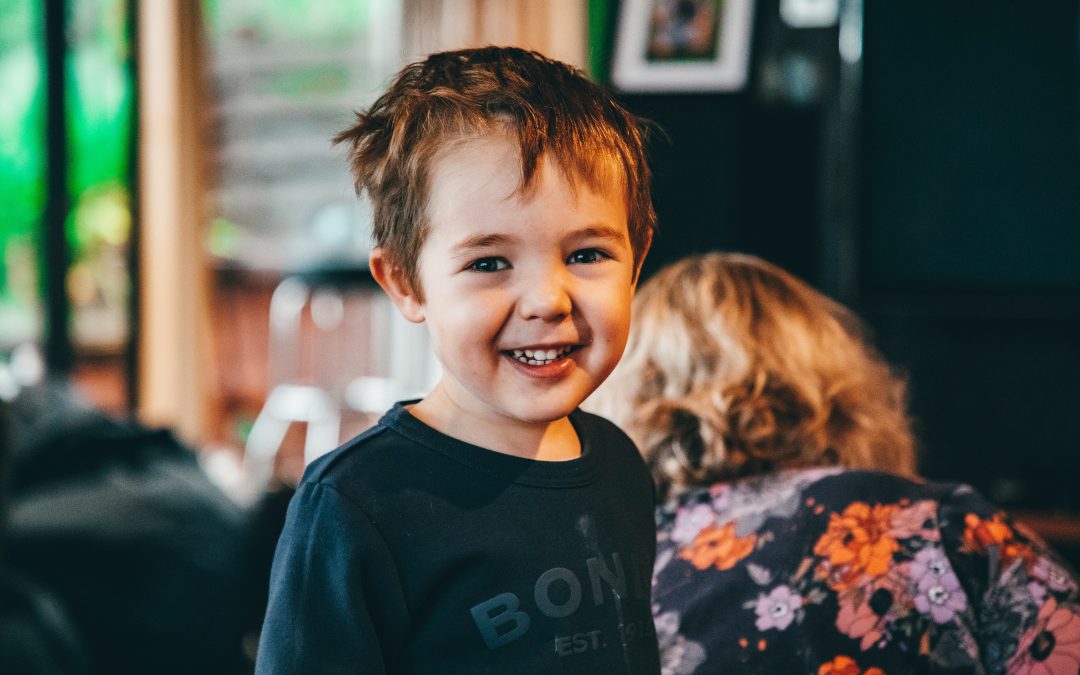Baby teeth perform an essential role in the development of adult teeth. If your toddler develops tooth decay, they may lose teeth too early. Remaining healthy teeth may shift, leaving less room for adult teeth to come in. Moreover, failure to treat toddler tooth decay can cause pain or other infections that can be more costly to address.
Tooth decay in toddlers is sometimes known as nursing caries or baby bottle tooth decay. This can start when your child’s first tooth erupts. Learning what causes the condition and recognizing the signs will ensure it’s taken care of quickly and promptly. You can save additional parental stress as well.
What Causes Toddler Tooth Decay?
Tooth decay is caused by acid-producing bacteria that break down enamel (the outer protective layer of the tooth). Natural or added sugars in foods or liquids are converted to acid by bacteria in the mouth, causing tooth decay. If you put your toddler down to sleep with a bottle of milk, formula, juice, or other sugared drinks, the bacteria have additional time to build up. For this reason, milk and other sweet drinks should only be served with meals.
Believe it or not, you can pass bacteria to your child through saliva. For example, when you share spoons or cups with your toddler, clean up a pacifier with your mouth, or taste your child’s food before feeding, you can transfer the bacteria to your toddler.
Early Signs of Tooth Decay in Babies
Tooth decay might initially appear as white spots along the gum line or on your child’s upper front teeth. The areas are often difficult to see without the right equipment. Any signs of tooth decay in toddlers should be examined and treated by your dentist early to prevent it from spreading.
Early signs of tooth decay in toddlers include:
- Swollen gums
- Irritability
- Fever (a sign of an infection)
- Toothache
- Sensitivity to hot or cold food
- Black, brown, or white spots on teeth
- Bad breath
Treatment for Improving Your Toddlers Dental Health
You can help prevent your toddler from developing tooth decay by starting dental care early. These activities can work together to prevent cavities and keep your baby’s smile beautiful and healthy.
Regular Dental Appointments
Make an appointment to take your child to your dentist around the age of 3. At this age, toddlers have stronger skills to listen and understand, and can participate willingly during an exam or treatment. However, if you have concerns before year 3, it’s okay to see a dentist sooner.
It is essential to see a dentist as they have the training and expertise to diagnose and treat dental issues in young children. An professional oral health professional is highly experienced in preventing decay and treating cavities. Often, before they turn into serious dental complications.
Supervised Brushing
From birth to 12 months, you should keep your child’s mouth clean by gently wiping the gums with a clean washcloth. Once you notice the first teeth, gently brush them using a soft baby toothbrush and apply a little toothpaste (the size of a grain of rice). Between 12-36 months, supervise their brushing at least two times per day for about two minutes. Apply a tiny amount of toothpaste until your baby turns 3 years old. The ideal time to brush is after breakfast and before bed.
Only Give Water at Night
If your baby is bottle-fed, only give water at night and brush or wipe the gums after fruit juices or other sugary drinks. Avoid putting your baby to bed with a bottle of juice or anything sweet. If your child prefers to have the sippy cup or bottle between meals, be sure to fill it with water only.
Avoid Sugary Foods
Limit the quantity of sweet or sticky foods your baby eats, such as cookies, candy, gummies, chips, crackers, and fruit roll-ups. When they do consume treats, encourage them to brush their teeth immediately.
Demonstrate Good Oral Health Habits
To be a good role model, you need to take good care of your oral health even before the baby is born. Be sure to go for dental checkups and treatments during pregnancy. Since saliva contains bacteria that can trigger tooth decay, always take good care of your teeth and gums to minimize the chances of transferring these to your baby.
Fluoride and PRR
Fluoride is a mineral that strengthens the outer surface of your teeth, protecting them from the acids that cause tooth decay. It also helps to rebuild weak enamel and reverses early signs of tooth decay.
Your child can get fluoride from regular tap or bottled water and certain foods. Ordinary tap water and bottled water often contain safe amounts of fluoride. You can also use fluoride supplements as directed by your dentist. After a fluoride application, your child should not drink or eat for at least 30 minutes to enhance optimum absorption.
Preventive Resin Restorations are a dental resin material that fills in the grooves on the chewing surfaces of your child’s teeth to protect them from decay. Typically, a PRR is recommended on permanent molars to prevent food particles and bacteria from getting stuck in the natural deep pits and fissures. Your dentist may recommend using PRRs as soon as the permanent molars erupt and before any signs of tooth decay show up. Applying PRRs can minimize the need for additional dental procedures such as fillings and crowns.
As a parent, you play an essential role in protecting your child’s teeth and laying the foundation for proper dental hygiene for the rest of his or her life. Start right with good habits to ensure your child develops healthy, strong adult teeth. Contact us today to schedule your toddler’s initial visit or regular check-up at https://lynhurstdental.ca/contact-us/
For more information on early childhood dental concerns, visit http://www.cda-adc.ca/en/oral_health/cfyt/dental_care_children/tooth_decay.asp


Recent Comments